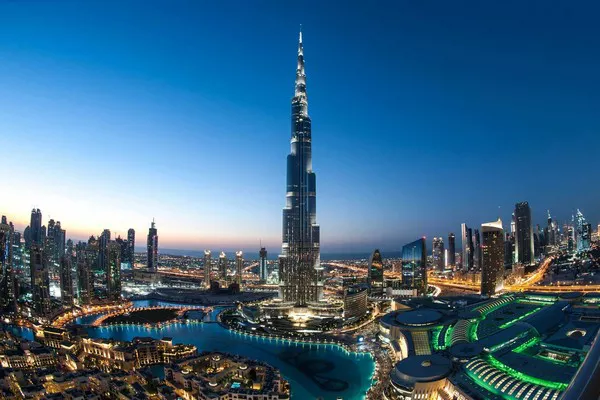The global skyline is in a perpetual state of evolution, with architects and engineers pushing the boundaries of design and construction to create towering structures that pierce the clouds. In this comprehensive exploration, we embark on a journey to discover the 12 tallest buildings in the world, marveling at the architectural feats that define skylines and redefine what’s possible in the realm of vertical construction.
12 Tallest Buildings in the World
1. Burj Khalifa, Dubai, UAE:
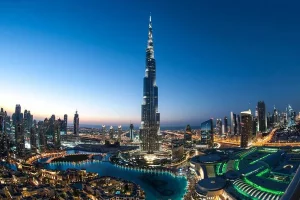
The Burj Khalifa in Dubai stands as an iconic symbol of modern architecture and engineering prowess. Soaring to a height of 828 meters (2,717 feet), this megatall skyscraper holds the title of the world’s tallest building. Its sleek design and innovative construction techniques have set a new standard for vertical development.
2. Shanghai Tower, Shanghai, China:
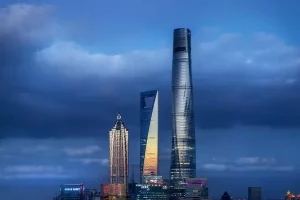
Shanghai Tower, with its distinctive spiral design, graces the skyline of China’s largest city. Standing at 632 meters (2,073 feet), it is not only the second-tallest building globally but also the tallest in China. The tower’s unique structure and sustainable features underscore the city’s commitment to modernity and environmental responsibility.
3. Abraj Al Bait Clock Tower, Mecca, Saudi Arabia:

The Abraj Al Bait Clock Tower in Mecca serves as a prominent feature of the city’s skyline and is the third-tallest building globally. Rising to 601 meters (1,971 feet), this megatall structure is a centerpiece of the Abraj Al Bait complex, which surrounds the Masjid al-Haram, the holiest site in Islam.
4. Ping An Finance Center, Shenzhen, China:
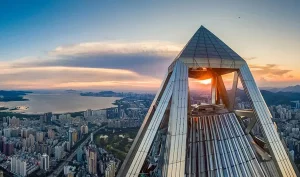
The Ping An Finance Center in Shenzhen stands as a testament to China’s rapid urban development. Soaring to a height of 599 meters (1,965 feet), it is not only an architectural marvel but also an exemplar of sustainable design. The building’s vertical silhouette and faceted façade contribute to its striking visual impact.
5. Lotte World Tower, Seoul, South Korea:
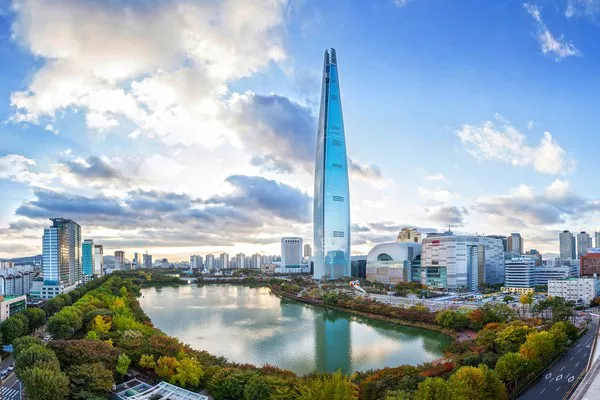
Lotte World Tower in Seoul pierces the sky at a height of 555 meters (1,819 feet). This supertall skyscraper is a multifunctional structure, housing office spaces, a luxury hotel, and retail outlets. Its sleek and tapering design adds a touch of modernity to Seoul’s dynamic urban landscape.
6. One World Trade Center, New York City, USA:
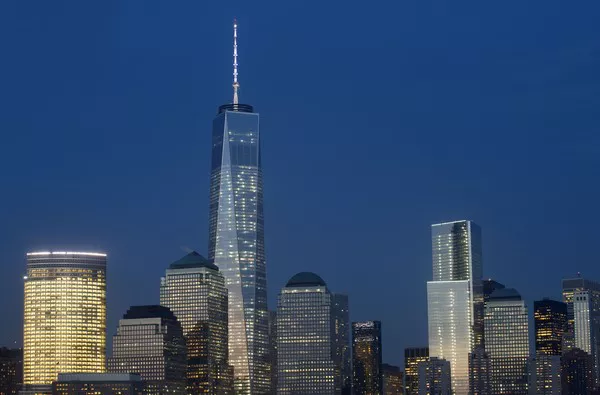
One World Trade Center, standing at 541 meters (1,776 feet), is a poignant symbol of resilience and strength. Erected at the site of the World Trade Center in Lower Manhattan, this architectural masterpiece serves as both a memorial and a testament to New York City’s unwavering spirit.
7. Guangzhou CTF Finance Centre, Guangzhou, China:
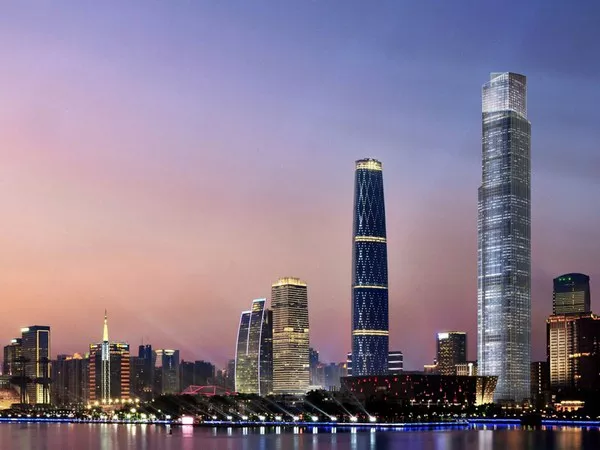
The Guangzhou CTF Finance Centre, reaching 530 meters (1,740 feet), harmonizes traditional Chinese design elements with cutting-edge architecture. This skyscraper, part of the Zhujiang New Town development, showcases China’s commitment to blending its rich heritage with contemporary urban development.
8. Tianjin CTF Finance Centre, Tianjin, China:
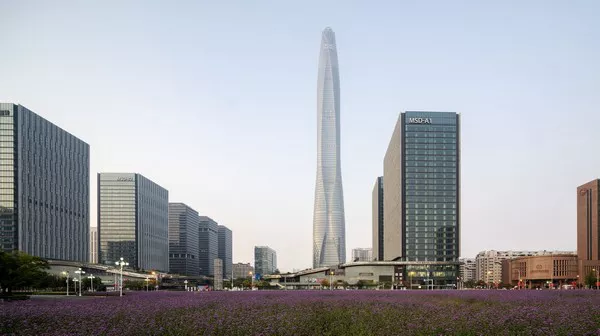
Another marvel in China’s ever-expanding skyline, the Tianjin CTF Finance Centre, rises to a height of 530 meters (1,739 feet). Twin towers connected by a sky bridge house a mix of commercial and residential spaces, contributing to Tianjin’s urban sophistication.
9. CITIC Tower, Beijing, China:
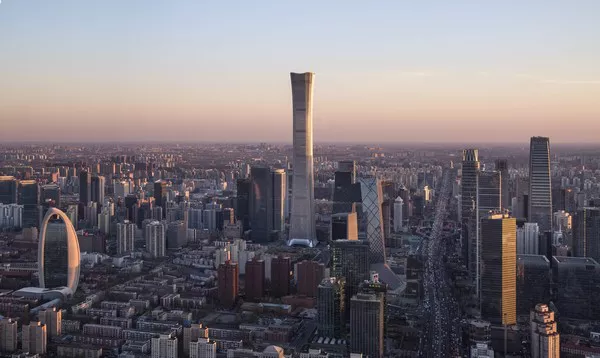
The CITIC Tower in Beijing stands as a symbol of China’s economic prowess, towering at 528 meters (1,732 feet). With its innovative design and sustainable features, this megatall skyscraper is a key player in shaping the modern architectural narrative of Beijing.
10. Tapei 101, Taipei, Taiwan:
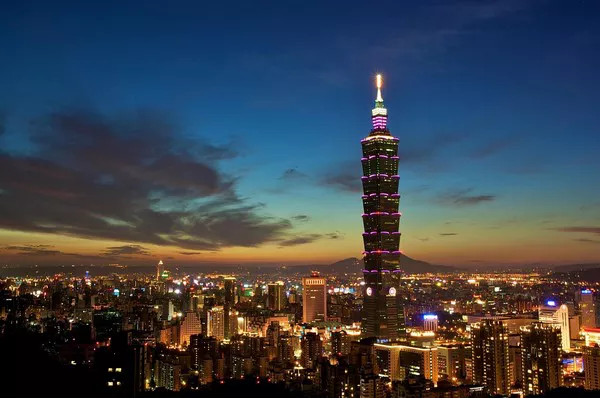
Tapei 101, a former record-holder as the world’s tallest building, continues to command attention at a height of 508 meters (1,667 feet). This pagoda-inspired skyscraper seamlessly combines traditional Asian design with cutting-edge technology, creating an enduring icon on Taipei’s skyline.
11. Shanghai World Financial Center, Shanghai, China:
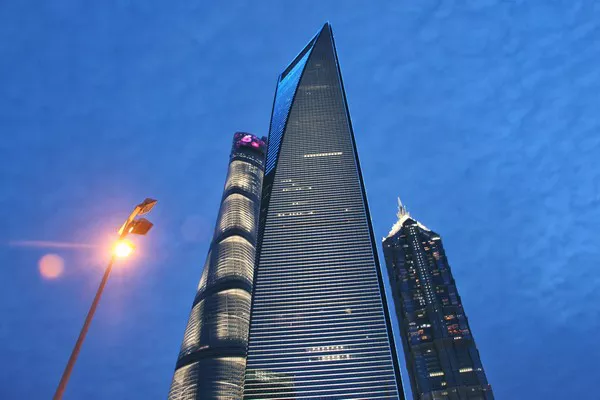
The Shanghai World Financial Center, at 492 meters (1,614 feet), serves as a bridge between traditional Chinese symbolism and modern architectural innovation. Its distinctive trapezoid aperture and sleek design make it a standout feature in Shanghai’s Lujiazui financial district.
12. International Commerce Centre (ICC), Hong Kong:

Rounding out the list is the International Commerce Centre in Hong Kong, standing at 484 meters (1,588 feet). As the tallest building in Hong Kong, ICC boasts a commanding presence in the city’s skyline, housing a mix of commercial, hotel, and observation deck spaces.
See Also: The World’s 10 Largest Pyramids
Conclusion:
The ever-growing list of the world’s tallest buildings showcases not only architectural innovation and engineering excellence but also the dynamic nature of urban landscapes. From the towering heights of Burj Khalifa to the symbolic resonance of One World Trade Center, each structure leaves an indelible mark on the cities they grace. As technology advances and cities continue to evolve, one can only imagine the breathtaking heights and designs that future skyscrapers will reach, reshaping our perception of the possible in vertical architecture.
You Might Be Interested In:

